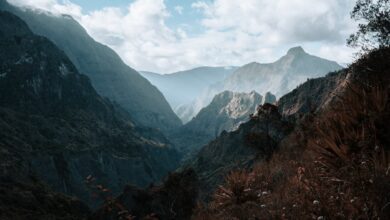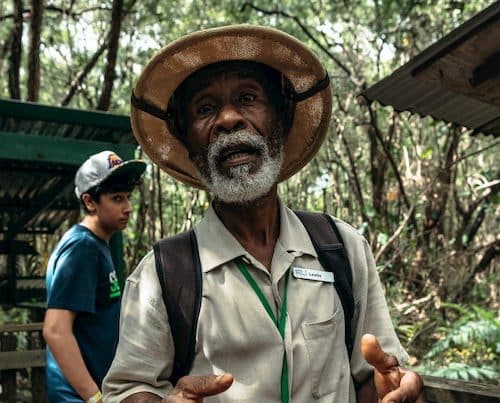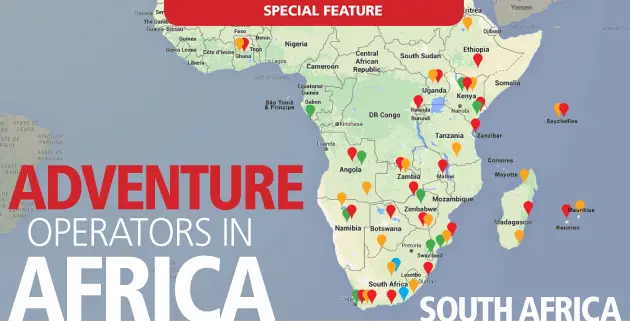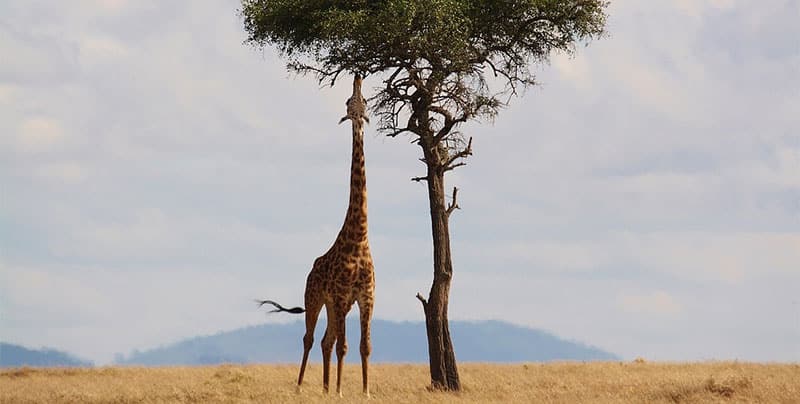Wanting the Best Places To Scuba Dive In Africa?
Whenever one thinks of the African Safari, the imagination conjures up beautiful dreams of the great plains of East Africa, the tropical forests of the Congo Basin, and the vast savannahs of Kruger, full of lions, leopards and lumbering elephants.
The water lovers out there would be delighted to know that Africa is more than just a patchwork of terrestrial wonders, as spectacular as some of the land-based regions are. It is also surrounded by spectacular marine ecosystems, from the warm Swahili coast of East Africa, with its magical reefs and white sandy beaches, to South Africa’s sharky-blue KwaZulu Natal and Cape Town‘s cold kelp forest.
Except for Egypt’s world-famous Red Sea dive sites, Africa offers largely uncharted waters for scuba divers. With 30,500 kilometres of coastline across the Atlantic and Indian Oceans and the Red and Mediterranean Coasts, there is plenty of scuba diving to discover.
So for those looking for a top-notch marine safari, here are some of the best diving spots in Africa for you to discover.
Benguerra Island
Benguerra Island is the second-largest island in the central Mozambican Bazaruto Archipelago. The entire archipelago is surrounded by the pristine Indian Ocean, and Benguerra, in particular, is home to a wide range of coral and fish such as groupers, clownfish, parrotfish and buffers.
The real stars here are likely the megafauna, including humpback whales, manta rays, stingrays, whale sharks, reef sharks, and turtles. It is worth noting that while the chances are small, Bazaruto is one of the top sites in Africa to spot the endangered dugong.
Cape Town
The icy waters of Cape Town are one of Africa’s best-kept secrets for diving. Fed by the nutrient-rich waters of the Indian and Atlantic currents, the magical golden kelp forests that surround the shore burst with life. A favourite haunt for many shark species, the forests are also home to octopus, large schools of fish, rays, and millions of other smaller, colourful creatures from starfish to coral, and urchins to nudibranchs.
It is necessary to have good equipment for these dives as the temperature can fall as low as 9 degrees on the Atlantic side. But if you’re willing to acclimate to the cold, the dive rush here is definitely worth it.
Mafia Island
Bordered by the Rufiji Marine Reserve, Mafia Island on the southernmost tip of the Zanzibar Archipelago is a famed whale shark aggregation site from November to February. Suppose you dive at other times of the year. In that case, there are opportunities to spot manta rays, endangered dugong, and both leatherback and green turtles that use the island as a breeding ground. Apart from the megafauna, the seabed around the island is home to abundant colourful coral and fish.
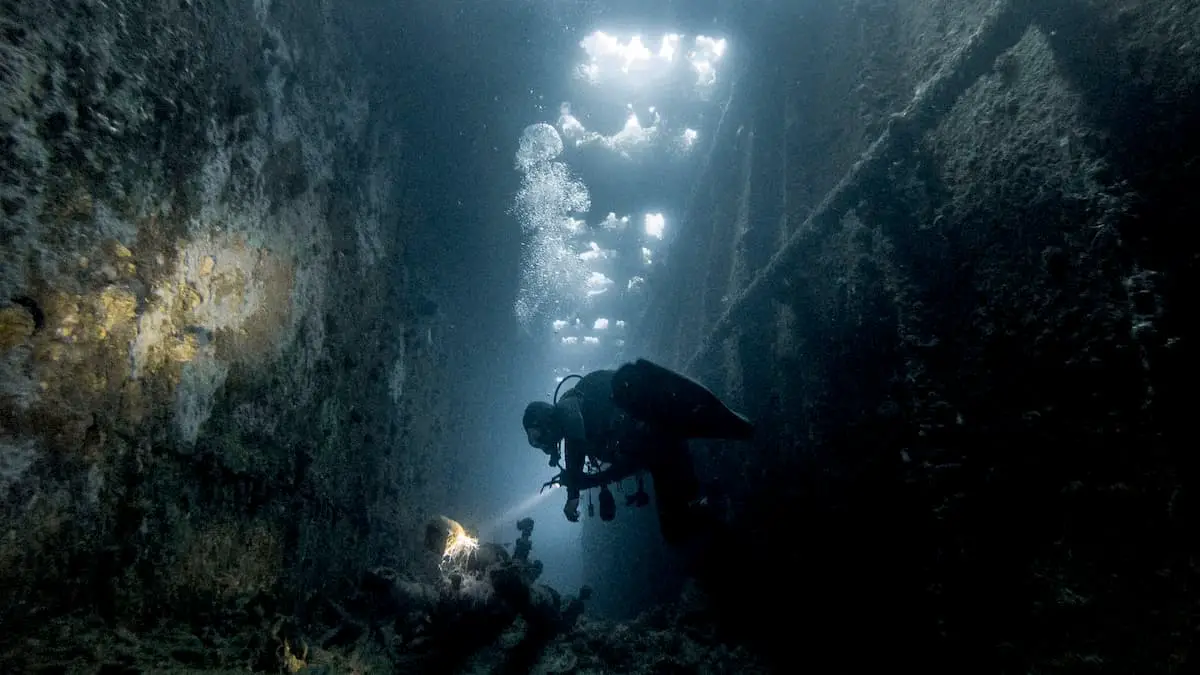
Medjumbe Island
Tiny Medjumbe Island is only one kilometre long and only 300 meters wide. The island’s main dive site is also called “The Edge of Reason.” With a name like that who could resist a dive here? This dive site features a dramatic drop down into caverns and overhangs stretching from nearly 70 to 100 feet. Suffice to say, it’s a little scary to beginners!
The reef is also full of animals, and divers can keep an eye out for groupers, humphead wrasses, snappers, unicornfish, and reef sharks as well. A dive here will be surrounded by small caves and gorgonian fans that make the whole experience look like a dream in another universe.
Red Sea
With 2,900 of the Red Sea coast, Egypt is graced with some of the best diving sites in the world and is a diving mecca for very good reasons. Diving conditions are nearly perfect, with warm water, few waves and excellent visibility up to 50 meters. Biodiversity of the Red Sea means that there is something for everyone, with thousands of species of fish, about 200 of which are found only in the Red Sea.
The North Red Sea has several historic World War II wrecks – including the insurmountable SS Thistlegorm – as well as the pristine reefs of Ras Mohammed National Park, the oldest national park in the country. Further south, the sea is littered with reefs known for encounters with macro-sea life, including whale sharks, dolphins, scalloped hammerheads, and elusive oceanic whitetip sharks.
Protea Banks
Suppose you’re planning to visit South Africa in June or July, and you’re eager for a serious dose of ocean adventure. In that case, you just need to catch the magnificent ‘Sardine Run.’ During this time, the sardines migrate east along the coast from the cold waters of Cape Town to the warmer climates of KwaZulu Natal, followed by a dramatic entourage of the great marine life that celebrates the moving buffet.
Protea Banks, 160 kilometres south of Durban, is one of the best places to experience this wonder of the natural world. Protea Banks is a fossilized sand dune from which a dive as shallow as five meters will immerse you in all the ‘Sardine Run’ action.
Mnemba Island
Suppose you’re searching for the exclusive diving experience. In that case, Mnemba Island is a small island located about 3 km from the northeast coast of Unguja, the largest island in the Zanzibar Archipelago. Mnemba offers some of the best diving environments in Africa, with amazing visibility and typically calm seas. Still, the great draw is the beautiful coral ecosystem that embraces turtles, dolphins, humpback whales and around 600 species of fish.
Quilalea Island
In the centre of the majestic Quirimbas Archipelago in northern Mozambique, Quilalea is a distant but impressive destination with pristine, untouched reefs packed of coral and fish. One of the greatest parts about diving off Quilalea is that you can go straight off the beach and dive into the house of the Reef.
There are several other sites to choose from, including a distinctive night dive location, the Montepuez Channel and the Saint Lazarus Bank. There are at least 17 dive sites in the area. If you’ve had enough underwater time, this tiny little island with only 10 chalets is nothing short of paradise.
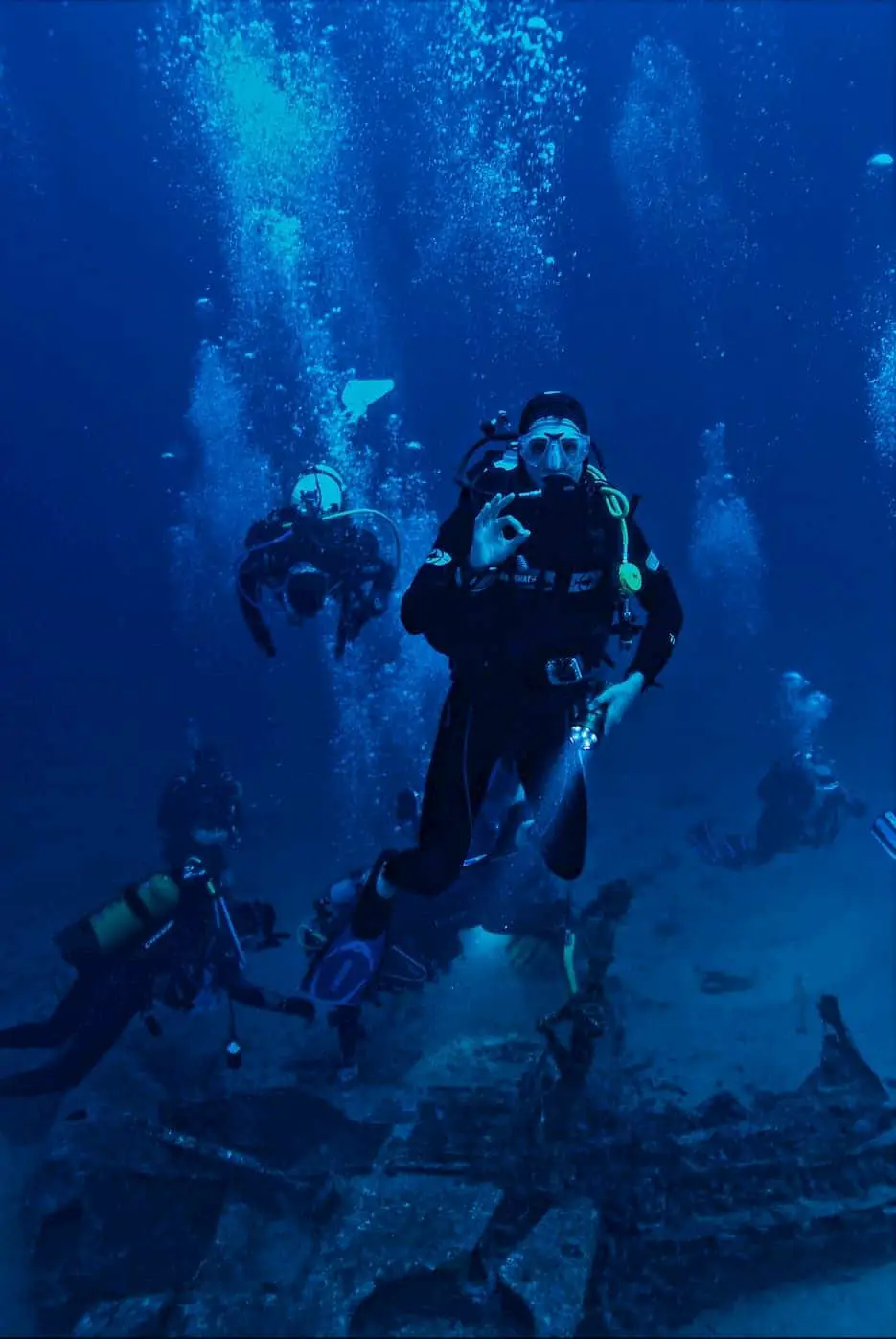
Aliwal Shoal
Aliwal Shoal is not only one of the best dive sites in Africa; the popular shark haunt is recognized as one of the top ten dive sites in the world! The ancient sandstone reef is situated just north of Durban, Kwa-Zulu Natal, and falls within the Marine Protected Area.
There are dive sites that fit all ages, and sightings include ragged-tooth sharks, tigers and hammerheads. And suppose the excitement of diving with sharks in their natural habitat is not enough. In that case, there are still some interesting wreck dives to try.
Tofo Beach
Laidback Backpacker haven Tofo Beach joins the list as one of the few places in the world where you can see whale sharks and manta rays all year round. The reef around Tofo is very intact, well protected, and there are a variety of interesting dive sites a short boat ride from the beach.
Sha’ab Rumi South
There are hundreds of amazing dive sites along the Sudanese coast. Still, it is worth noting that Sha’ab Rumi South is one of the most popular diving destinations in the world. Jacques Cousteau was once a regular visitor here in the 1960s, giving the site a world-renowned view of hammerhead sharks, grey coral sharks, barracudas, bottlenose dolphins, red snappers and pelagic fish.
Summary
Africa and South Africa has some of the best diving in the world along with some of the most experienced and knowledgeable instructors. If you are wanting to dive in Africa, we strongly suggest that you do your homework, research your dive spots and conditions. Always dive with your buddy or in groups! There are plenty of dangers so always take precautions. If you are looking for a travel package, our team can do everything for you! Use the Contact Us form to get in touch.


